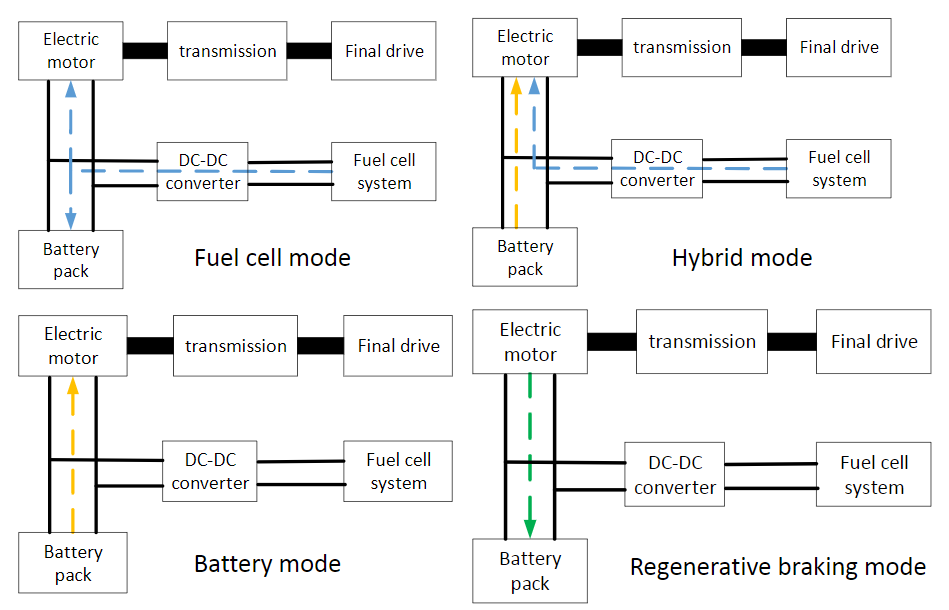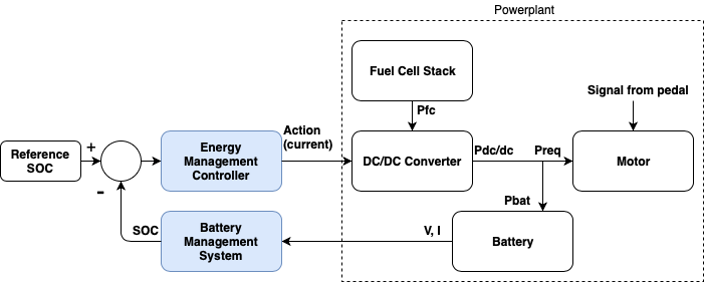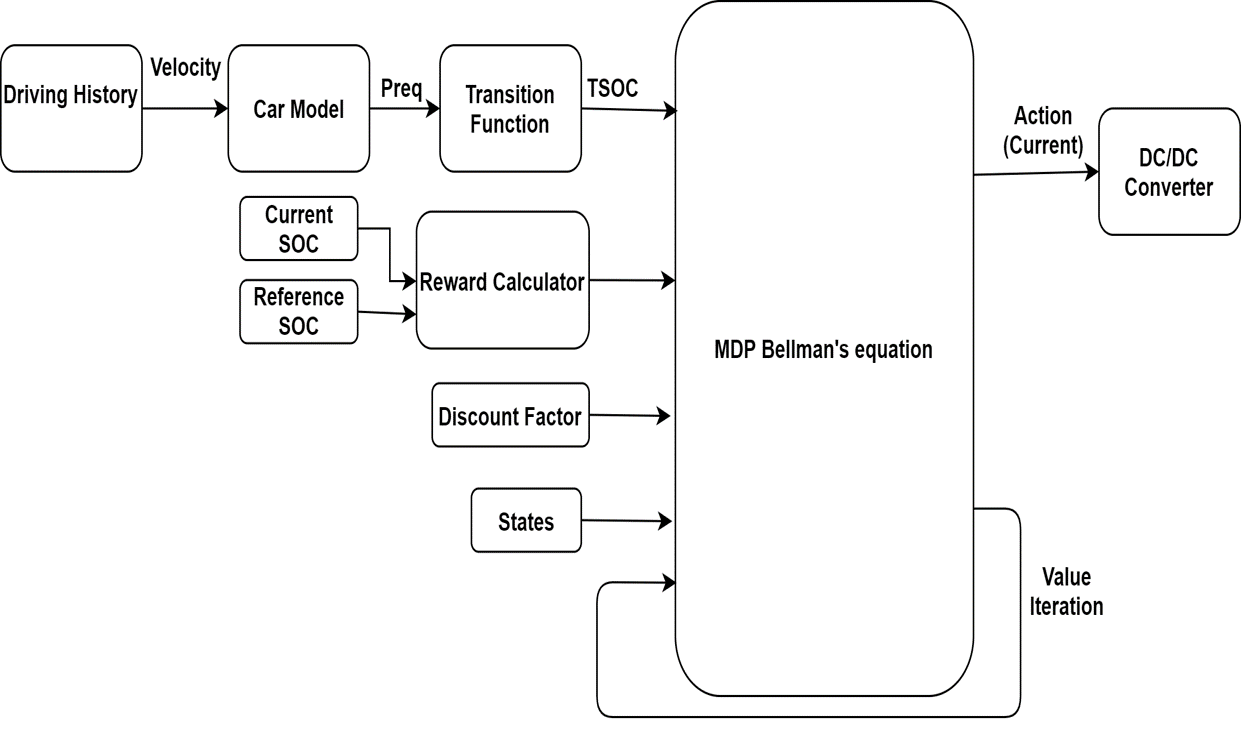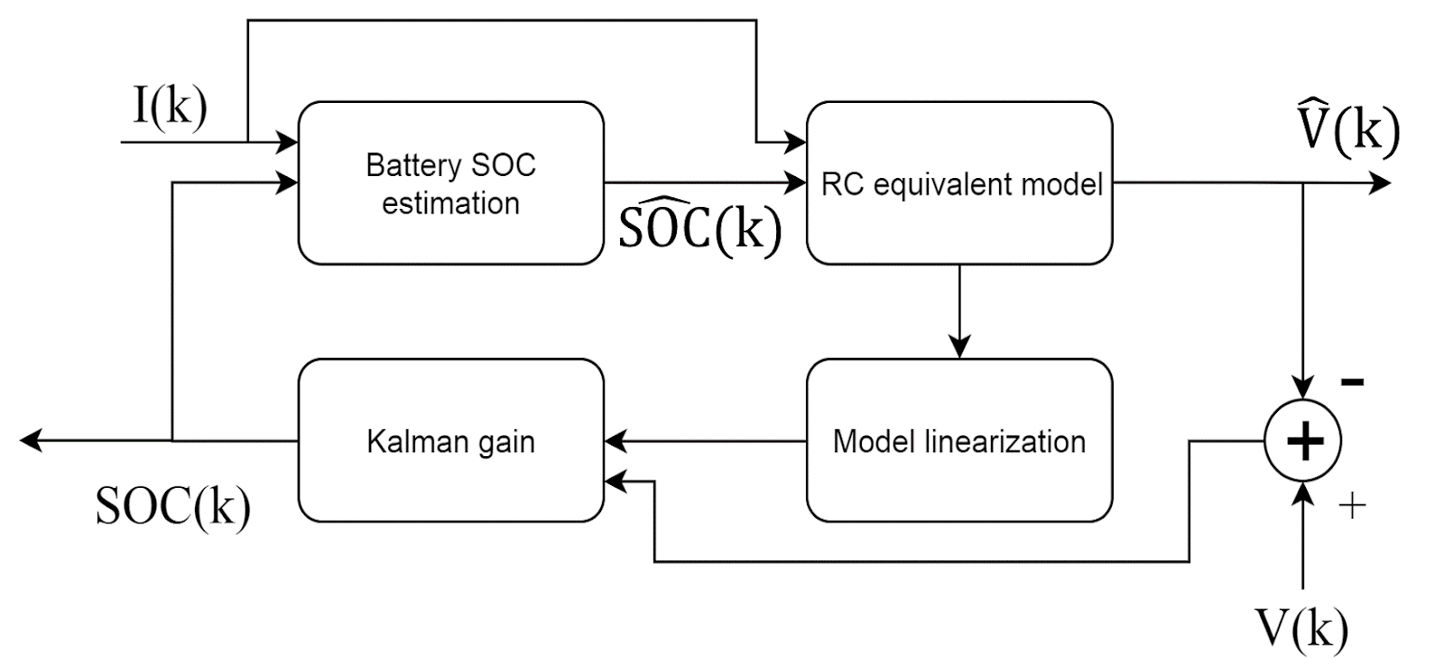Difference between revisions of "Projects:2019s1-131 Fuel Cell Hybrid Vehicle: Energy Management and AI-Enable Intelligent Control"
(→Power Plant) |
(→Result & Discussion) |
||
| Line 64: | Line 64: | ||
{| class="wikitable" | {| class="wikitable" | ||
| + | |+ Predetermined rules set by the team | ||
|- | |- | ||
! Power demand | ! Power demand | ||
Revision as of 14:10, 29 October 2019
Contents
Project team
Project members
- Loqman Al Hakim Aripin
- Jan Zhen Pang
- Tsz Yee Ha
Supervisors
- Prof. Cheng Chew Lim
- Prof. Peng Shi
Technical advisor
- Mr. Di Shen
Abstract
Introduction
Why Fuel Cell Hybrid Vehicle?
Fuel cell hybrid vehicle uses hydrogen gas to fuel the vehicle. Compared to a conventional vehicle, this vehicle produces zero-emission since it only emits water vapour. This is one of the solutions for an eco-friendly vehicle. In addition, fuel cell hybrid vehicle does not need to charge the battery since it capable to maintain the battery SoC at a certain level. This has the advantages over the pure electric vehicle which need to take a long period of time to fully charge the battery.
In order to maintain the State of Charge (SoC) of the battery, the energy flow inside the FCHV needs to be regulated. This motivates the project to develop a Power Control Unit (PCU) to regulate the energy flow between fuel cell and the battery.
However, the SoC of a battery is practically not observable. This requires the team to develop a Battery Management Strategy to estimate the SoC of the battery.
Aim
The aims of this project are:
- Develop a PCU for the Energy Management Strategy where it capable to:
- Minimise the total hydrogen fuel consumption
- Maintain the SoC of the battery
- Develop a Battery Management System to estimate the SoC of the battery.
- Develop a fully functional simulator to analyse the performance of the PCU
Background
Fuel Cell Hybrid Vehicle
In recent years, the development of hybrid vehicles increases dramatically where hybrid electric vehicles (HEVs) are widely used throughout the world. The term hybrid vehicle generally means that the vehicle uses one or more different form of power sources to power up the vehicle. In this project, we will focus on Fuel Cell Hybrid Vehicle (FCHV), where it uses hydrogen gas as fuel to power the vehicle. In addition, the battery pack is also added to act as energy storage and provide sufficient energy to the vehicle when necessary.
Moreover, FCHV consists of several modes during operation such as fuel cell mode, hybrid mode, battery mode and regenerative braking mode which is shown in Figure 1 below. Based on Figure 1, the FCHV mainly uses the combination of the FCS, battery pack, motor driver and DC-DC converter. A PCU is needed in order to regulate and control multiple power sources of the FCHV.
Energy Management Strategy (EMS)
Battery Management System (BMS)
Methodology
Power Plant
The components that have selected to use to de sign FCHV system mainly uses the combination of PEM fuel cell stack, DC-DC converter, PCU, 24V Nickel Metal Battery Pack, Electric Motor and Motor Driver.
High Level Design
Energy Management Strategy Design
Battery Management System Design
Result & Discussion
The performance of the PCU was compared with Rule-based strategy in terms of total hydrogen fuel consumption, battery SoC.
Rule-based strategy
| Power demand | SoC battery | Condition | Current command, A |
|---|---|---|---|
| Negative | SoC < 40 | Regenerative braking | 0 |
| Negative | 40 < SoC < 60 | Regenerative braking | 0 |
| Negative | SoC > 60 | Regenerative braking | 0 |
| Zero | SoC < 40 | Fuel cell charges the battery | 3 |
| Zero | 40 < SoC < 60 | Fuel cell charges the battery | 2 |
| Zero | SoC > 60 | No power flow | 0 |
| Positive | SoC < 40 | Fuel cell mode | 4 (maximum) |
| Positive | 40 < SoC < 60 | Hybrid mode | 2 |
| Positive | SoC > 60 | Battery mode | 0 |
Conclusion & Future Work
To be filled
Reference
To be filled



